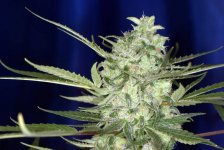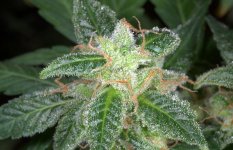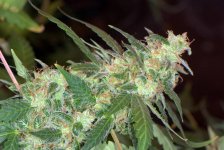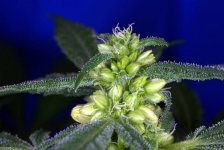Hi GMT,
The selfing there plays an important role of producing/isolating a plant to use as a recurrent parent that will effectively produce offspring resembling the recurrent parent at an acceptable rate. If the original clone when selfed gives rise to offspring that resembles it at a rate considered acceptable, then yes, back up and use the original clone as a recurrent parent - in this case we would have only used selfing for genotyping purposes. However if the S1's do not resemble the original clone at what is considered an acceptable rate, then by selfing we've found that out (that it would not be a very effective choice as a recurrent parent), as well as moved forward at a most efficient rate towards producing/isolating one that will. If A, then B, if C, then D.
The selfing there plays an important role of producing/isolating a plant to use as a recurrent parent that will effectively produce offspring resembling the recurrent parent at an acceptable rate. If the original clone when selfed gives rise to offspring that resembles it at a rate considered acceptable, then yes, back up and use the original clone as a recurrent parent - in this case we would have only used selfing for genotyping purposes. However if the S1's do not resemble the original clone at what is considered an acceptable rate, then by selfing we've found that out (that it would not be a very effective choice as a recurrent parent), as well as moved forward at a most efficient rate towards producing/isolating one that will. If A, then B, if C, then D.







